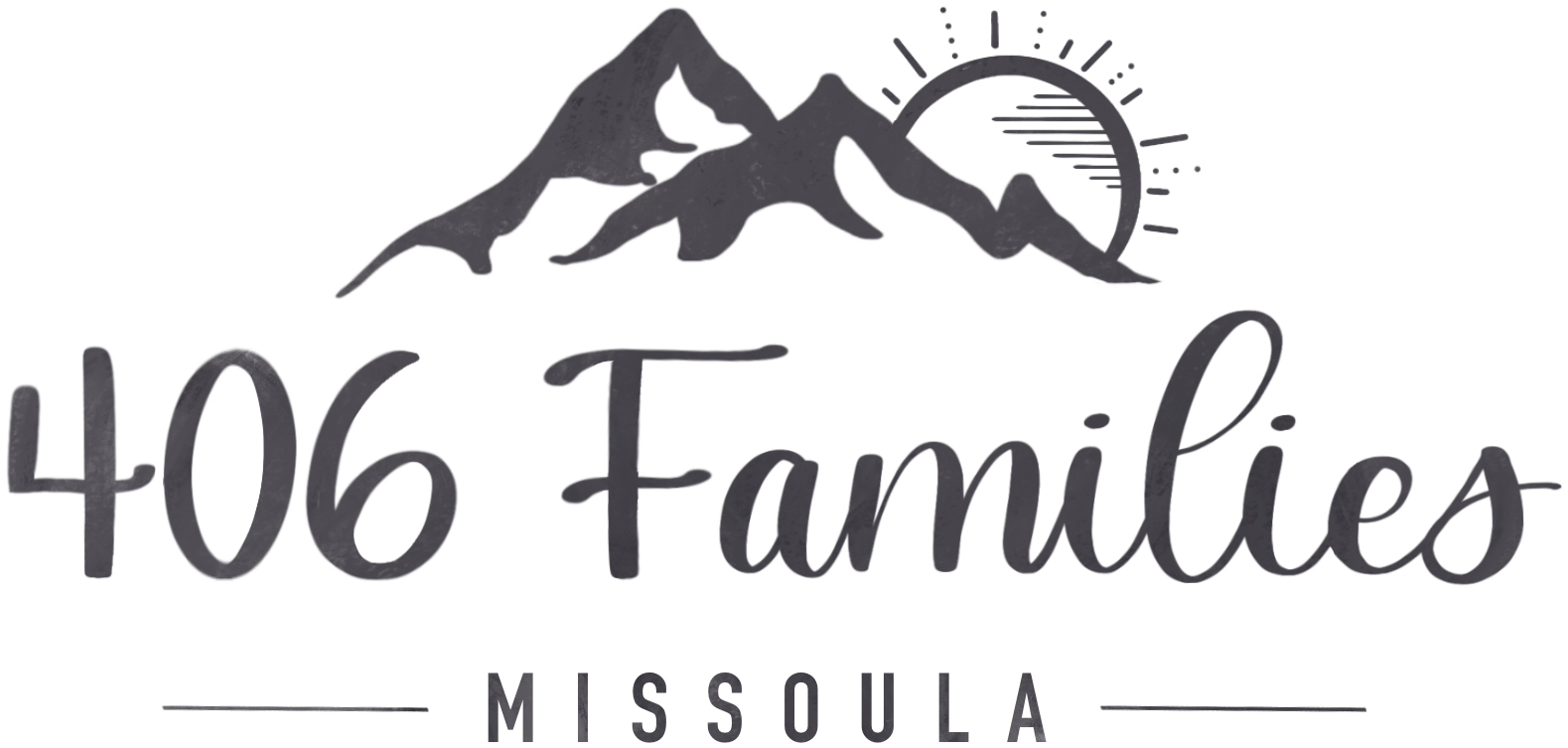Thanksgiving 400 Years Later: What this Missoula Mom Focuses On
Chelsea (left to right) with her Mom, middle daughter, Nana, and oldest daughter.
When my eldest daughter attended Preschool and later Kindergarten Prep, Thanksgiving was embellished as a holiday to celebrate friendship and unity among white people and Native Americans. She would bring home pictures of Pilgrims and Native Americans gathering around a table sharing food. Many crafts focused on thankfulness and turkeys with a full dinner spread. I realized early as a mother the challenges I would face when it came to teaching my children about the gruesome, cold, and unjust genocide of countless indigenous people. Keeping each child’s maturity and understanding would guide the way I approached the Hallmark holiday. I knew they would have questions because my understanding and teachings varies widely from what mainstream public education teaches children.
After I had children, I found myself sitting in grief and anger for several years during the month of November. It was important that what I chose to teach and share with my children came from a place of resiliency and power. As an Indigenous woman it’s important my daughters witness their mother value our heritage, claim my power, and protect our culture.
Chelsea and her three daughters, summer 2020
Thanksgiving is a time where I can highlight those teachings to my children by also accurately depicting the history many classrooms refuse to acknowledge. While I encourage each family to decide what Thanksgiving means to them and how to respect Native people; I have recently come to find an educational, compassionate, and age appropriate way to address the truth behind the holiday while still encouraging family as the center.
History books recorded and written by white men should be questioned. Children of all ages in school should learn about the false unity of the Pilgrims and the Wampanoag people. This is an excellent opportunity to discuss good and bad and how there will always be people in the world that may not be kind to others. As parents, it’s important we prepare our children with the tools to identify unkind people and how to speak up to ensure we are all on the correct side of history. Many children and adults do not realize the 700 deaths of women, men, and children of the Patuxet village. The genocide of the Wampanoag people is rarely mentioned and often times the first genocide that’s mentioned in history books is when our children are in high school learning about the Holocaust.
We should hold space for mourning. While families celebrate the holiday their own way, it’s an important time to teach our children that not every family is happy and gathered eating a table full of food. Many Indigenous people spend the day in mourning and reflection because of the genocide that took place while simultaneously recognizing it wasn’t a one-time event. This act was the start of many death raids, planned epidemics, and betrayal among white men and women searching for religious freedom against villages and tribes.
Honoring and practicing respect and recognition can change the way our children view Thanksgiving and how the world celebrates it. There are many ways to take the holiday of Thanksgiving and the sadness it represents to many and create new traditions. Serving the less fortunate in rural or urban areas impacts children and adult in many ways. Encouraging our children to respect Indigenous people and their truth can be as simple as asking your Indigenous friends about their culture. Native people across the nation are not only resilient but they find solace in humor, gathering with friends, and sharing their culture with anyone who wants to learn.
After all, our traditions and the ways we practice grace and gratitude aren't that different.
One of my earliest memories of Thanksgiving was watching my Nana (grandmother) put small spoonful’s of each dish on a plate. The prayer was spoken by my great-grandmother and eldest member of our family. My Nana had me follow her out to the back porch. She set the plate down and spoke a few words in Sioux.
“Do you know what this is for?” she asked.
I shook my head and looked at the plate with small bites.
She looked at the tree tops and explained, “Today isn’t a happy day for everyone but it’s a day our family is gathering. Every time we gather and we eat, we put a helping of each dish and offer it as a invitation. Our ancestors and their spirits will feel welcomed and join us. It’s also a thanks.”



